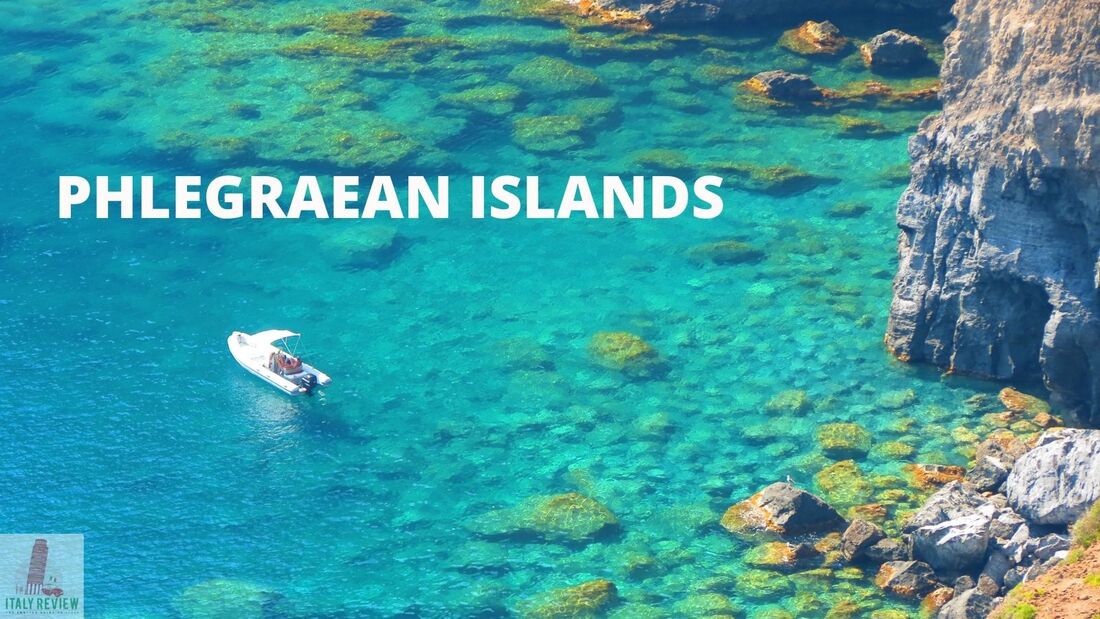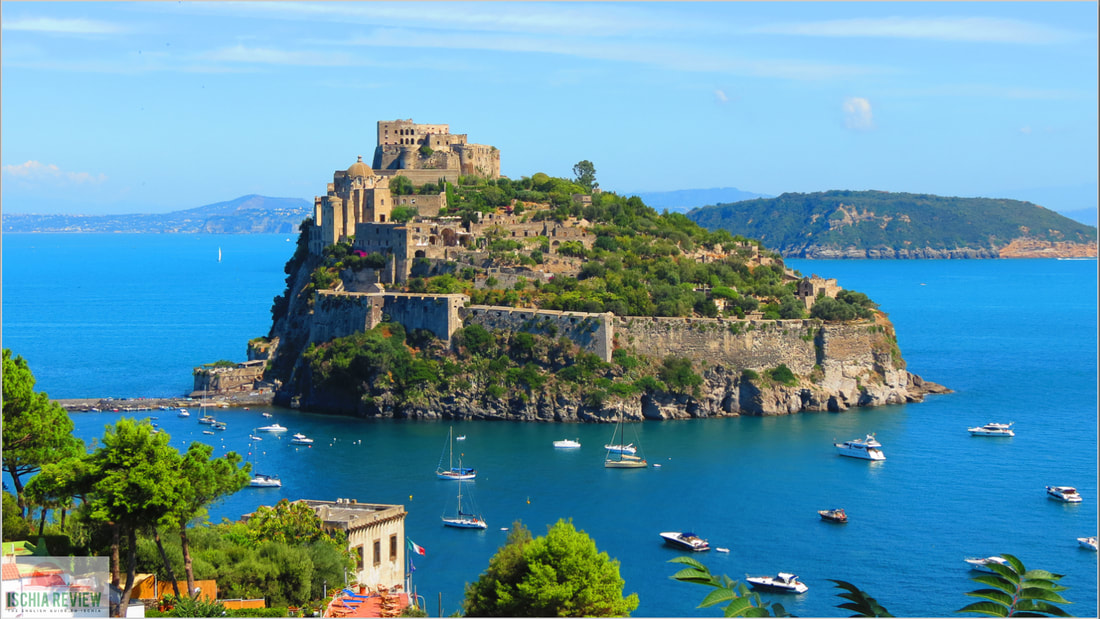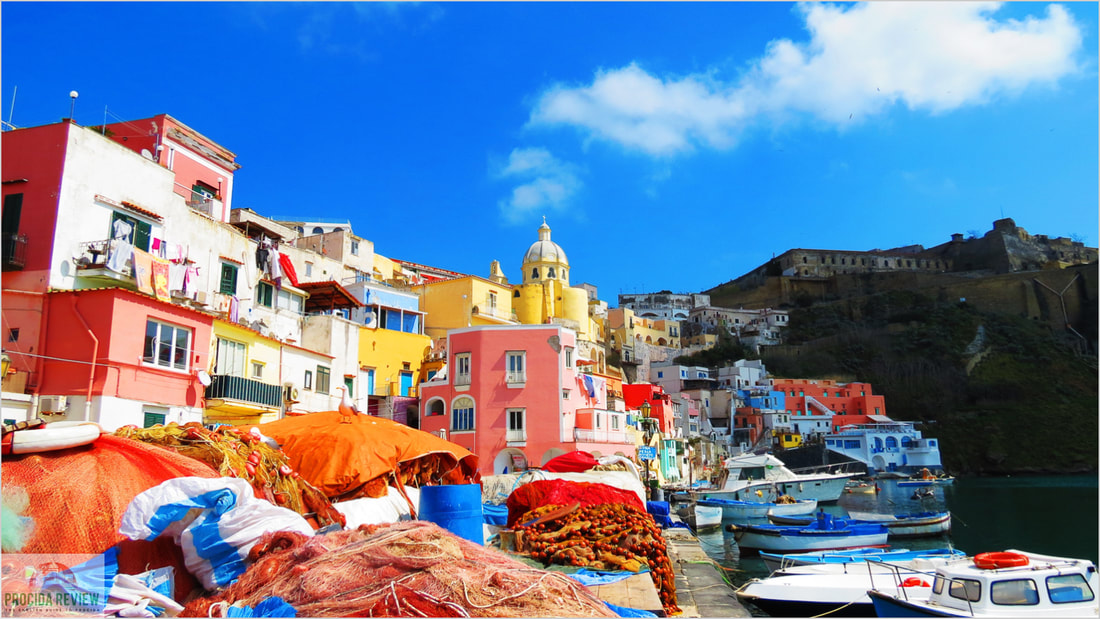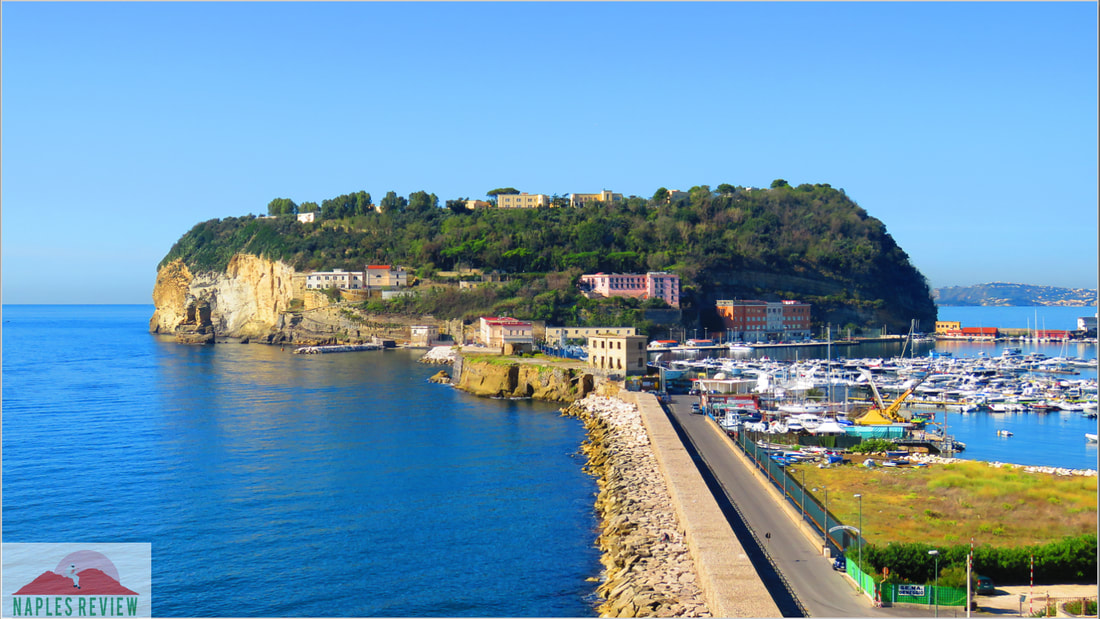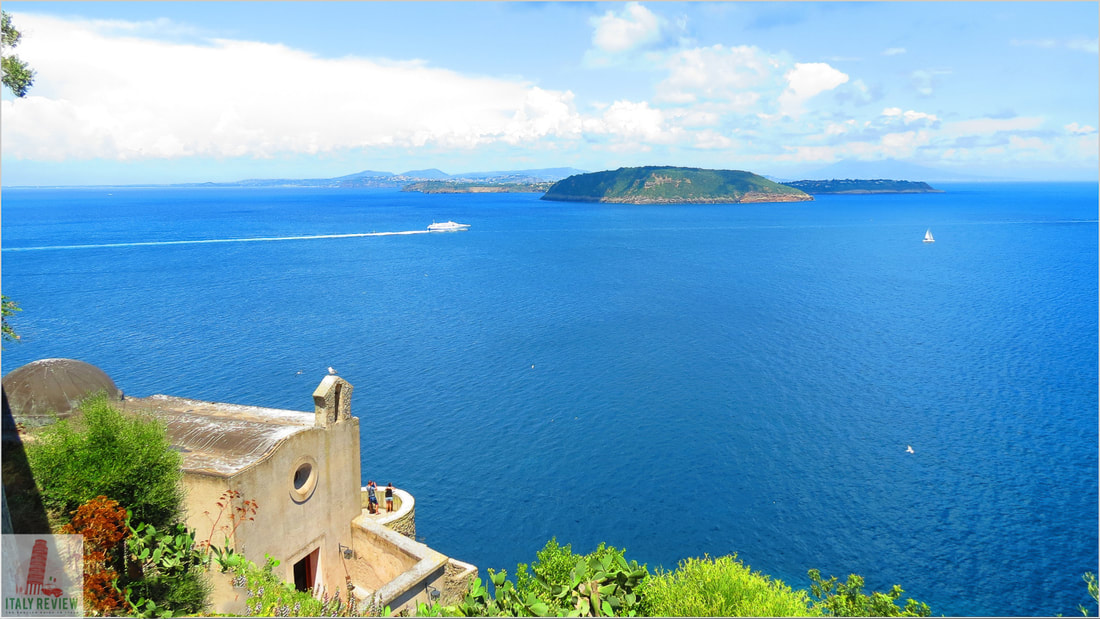Phlegraean Islands
|
By Dion Protani
|
Latest update: 1 January 2024
|
|
The Phlegraean Islands is an archipelago in the Gulf of Naples in southern Italy. The four islands that make up the archipelago share a common thread of volcanic activity, which is in part where the name of the island group comes from.
The area to the west of Naples is referred to as the Phlegraean Fields or campi flegree ("burning fields"), a tract of land that was historically prone to geological disturbances which gave it its name . To call the island group an archipelago is a little confusing as they don't appear to be so at first glance; the island of Nisida for example is attached to the Italian mainland via a road bridge. |
Related links
The islands
Nisida is classed more as an islet and that in fact is where its name comes from; the word "flegree" comes from the Greek "phlego" meaning "to burn", while Nisida is the Greek word for islet.
The dominant island of the four is Ischia with a population of around 60,000 people. Ischia is famous for its thermal water which comes from the volcanic activity bubbling up from the sea beneath it. That activity heats the water around different parts of the island which has in turn created an important part of its economy with tourists flocking to a series of thermal parks or to the bay of Sorgeto where they can bathe in the hot waters.
Procida is the second largest island in the group, a good deal smaller than neighbouring Ischia and with something like a sixth of its population. In 2022 Procida will be the Italian Capital of Culture and its main sight is the polychromatic Marina Corricella. In between Ischia and Procida is the final island in the group of four: Vivara. Like Nisida, it's more of an islet and it's the only one of the four that can't be visited without a special permit as it's a protected nature reserve.
The dominant island of the four is Ischia with a population of around 60,000 people. Ischia is famous for its thermal water which comes from the volcanic activity bubbling up from the sea beneath it. That activity heats the water around different parts of the island which has in turn created an important part of its economy with tourists flocking to a series of thermal parks or to the bay of Sorgeto where they can bathe in the hot waters.
Procida is the second largest island in the group, a good deal smaller than neighbouring Ischia and with something like a sixth of its population. In 2022 Procida will be the Italian Capital of Culture and its main sight is the polychromatic Marina Corricella. In between Ischia and Procida is the final island in the group of four: Vivara. Like Nisida, it's more of an islet and it's the only one of the four that can't be visited without a special permit as it's a protected nature reserve.

